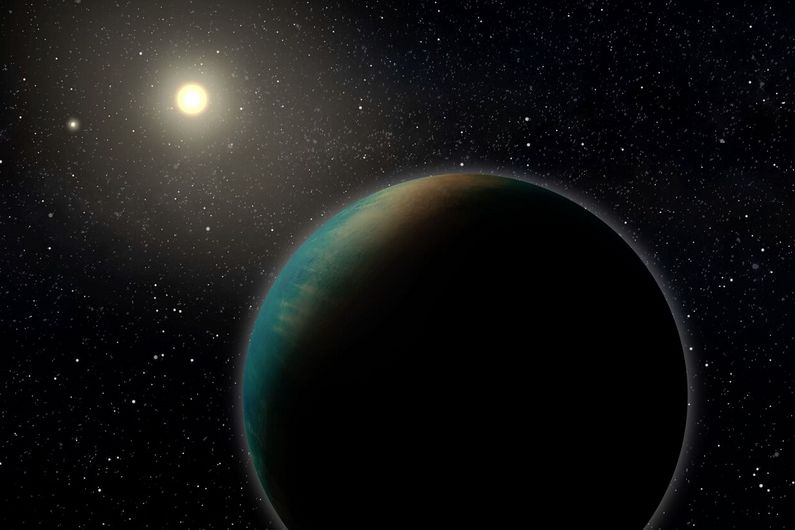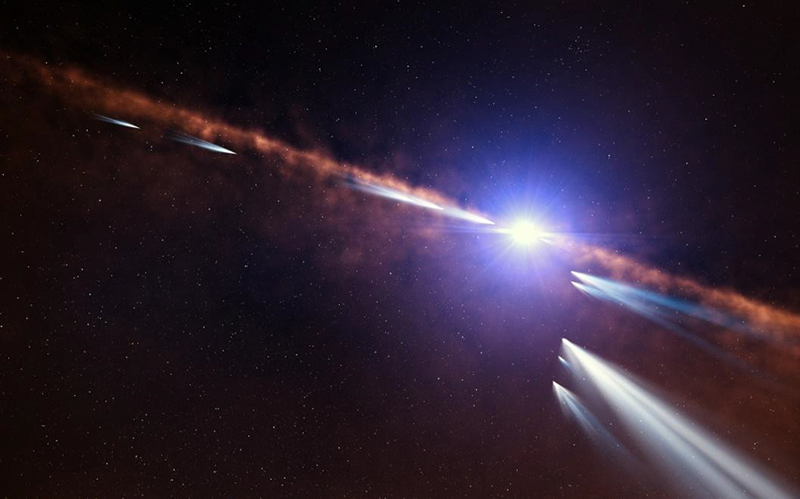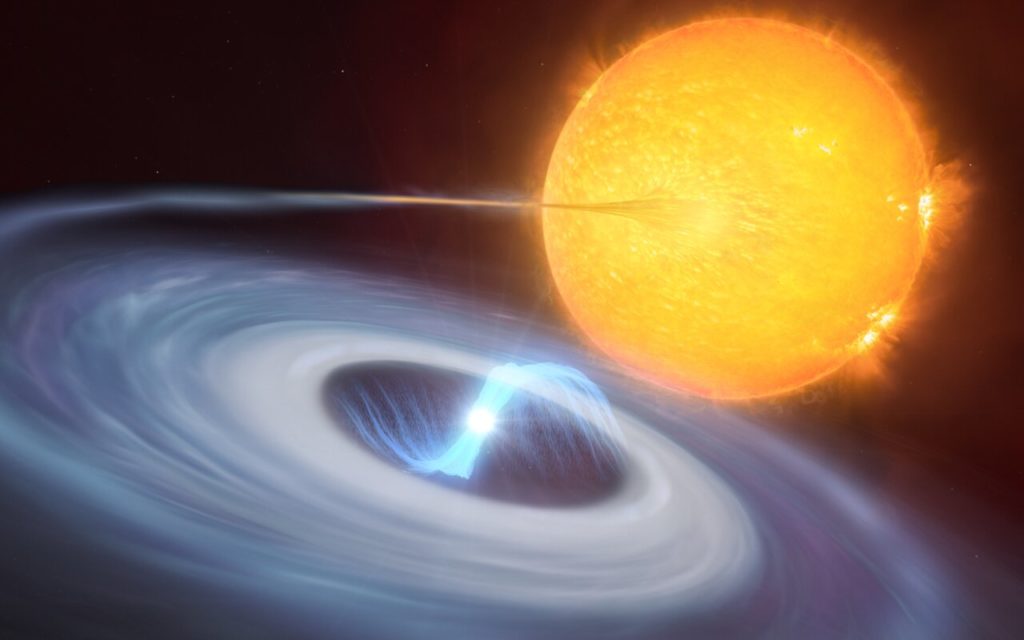
For the first time, astronomers have spotted an exoplanet whose orbit is decaying around an evolved, or older, host star. The stricken world appears destined to spiral closer and closer to its maturing star until collision and ultimate obliteration.
The discovery offers new insights into the long-winded process of planetary orbital decay by providing the first look at a system at this late stage of evolution.
Death-by-star is a fate thought to await many worlds and could be the Earth’s ultimate adios billions of years from now as our Sun grows older.
“We’ve previously detected evidence for exoplanets inspiraling toward their stars, but we have never before seen such a planet around an evolved star,” says Shreyas ...
Read More









Recent Comments